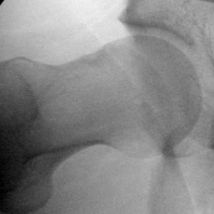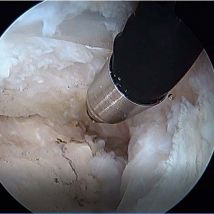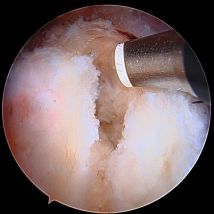What is Hip Arthroscopy?
Hip arthroscopy, also referred to as "keyhole" or minimally invasive hip surgery, is typically necessary for hip pain that does not improve with conservative treatment. Small incisions are made only big enough to place a small video camera and specialized instruments into the hip joint, trochanteric space, and/or ischial space to clearly diagnose and treat hip pathology.
Common Conditions Treated with Hip Arthroscopy
- Hip Labral Tear
- Femoroacetabular Impingement (FAI) - Cam deformity; Pincer deformity
- Proximal Hamstring Tear
- Gluteus Medius Tear
- Snapping Hip
- Ischiofemoral Impingement
- Loose bodies
Is Hip Arthroscopy right for me?
Hip conditions often improve with conservative treatment including a short course of rest, anti-inflammatory pain medication, and physical therapy. An ultrasound-guided cortisone injection is sometimes necessary for patients with persistent pain. If pain continues despite conservative treatment, hip arthroscopy is an excellent treatment option for patients with labral tears, femoroacetabular impingement (FAI), tears of the gluteus medius or proximal hamstring, among other conditions.
Types of Repair
Click on a hip condition below to see the repair.
Recovery after Hip Arthroscopy
- Patients return home the same day after surgery
- Patients are on crutches for 3-6 weeks
- Full recovery takes 5 to 6 months and requires physical therapy to restore optimal hip function






